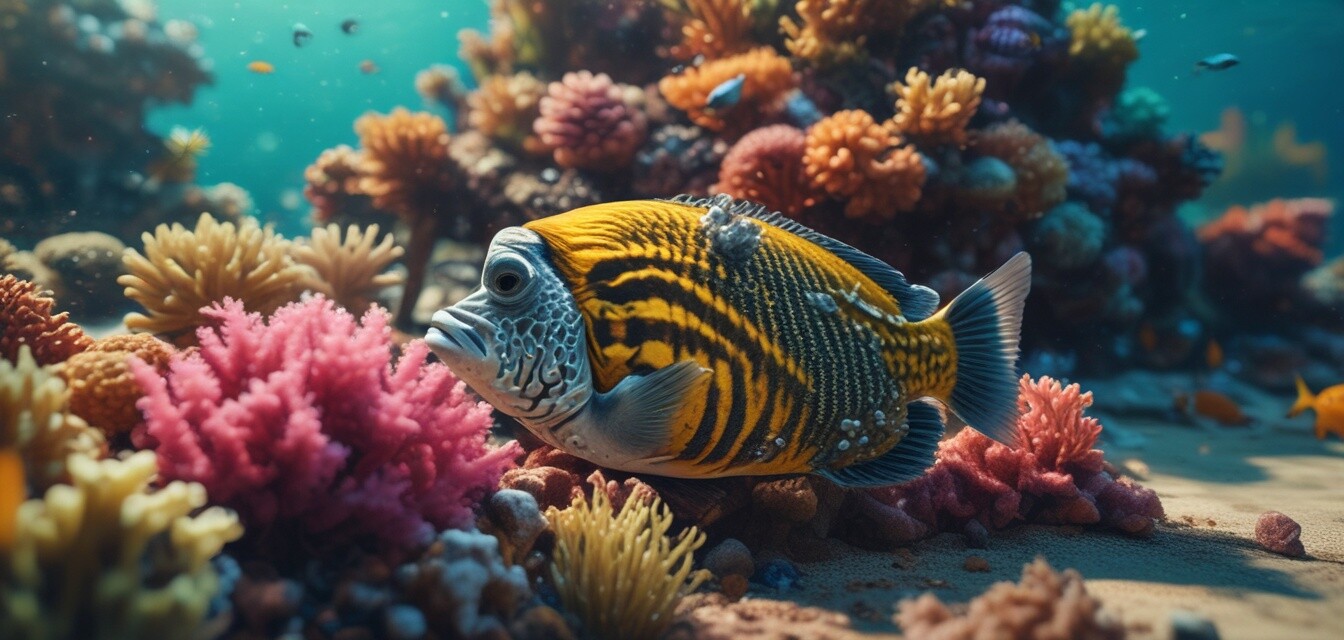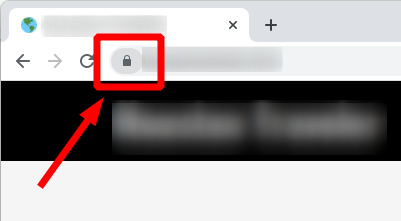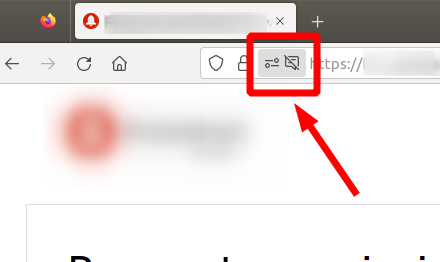
How to Effectively Use a Snorkel for Underwater Photography
- Choose the right snorkel that enhances your underwater experience.
- Understand the best techniques for positioning and angle when taking photos.
- Be mindful of your buoyancy and movement to avoid disturbing marine life.
- Enhance your imagery with proper lighting techniques for clear photos.
- Stay prepared and practice basic safety measures while snorkeling.
Snorkeling offers a unique opportunity to capture stunning underwater photography. While it may seem straightforward, employing effective techniques can elevate your skills significantly. In this article, we'll explore practical tips to enhance your underwater photography experience while snorkeling.
Choosing the Right Snorkel
The right snorkel can make all the difference in your underwater photography journey. Here are a few features to consider:
| Feature | Importance |
|---|---|
| Silicone mouthpiece | Provides comfort for extended use. |
| One-way valve | Prevents water from entering the snorkel. |
| Flexible tube | Allows for a natural fit and easy movement. |
| Length | Balances ease of breathing and buoyancy control. |
Techniques for Positioning and Angling Your Camera
Once you have chosen the right snorkeling gear, it's essential to understand how to angle your camera effectively. Here are some techniques:
- Low Angle Shots: Get low to the sand or reef for dramatic perspectives.
- Close-up Focus: Get within inches of your subject for detailed shots.
- Wide Shots: Capture the surrounding environment for context.
- Use of Leading Lines: Incorporate natural lines in the scenery to guide the viewer's eye.
Buoyancy and Movement
Efficient buoyancy control is vital for underwater photography. Here are tips to improve your buoyancy while snorkeling:
- Practice proper breathing techniques to control your floatation.
- Use fins effectively to move gracefully through the water.
- Be conscious of your equipment's weight to avoid sinking too low.
- Maintain a slow and steady pace to minimize disturbances to marine life.
Lighting Techniques for Clear Photography
Good lighting significantly impacts underwater photography quality. Here are some techniques you can adopt:
- Natural Light: Aim for sunny days and shoot closer to the surface for brilliant colors.
- Strobe Lights: Consider using external light sources for clearer images in deeper waters.
- White Balance: Adjust your camera settings to prevent blue hues in your photos.
- Reflectors: Use a small underwater reflector to bounce light towards your subject.
Safety Measures While Snorkeling
Always prioritize safety while snorkeling to ensure a great photography experience. Here are some guidelines:
- Always snorkel with a buddy.
- Stay updated on local marine life and currents.
- Wear appropriate gear and ensure it fits correctly.
- Keep an eye on your air supply and check your equipment regularly.
Conclusion
Mastering the art of underwater photography while snorkeling requires a combination of the right gear, understanding techniques, and a commitment to safety. By following the tips provided in this article, you’ll be well on your way to capturing breathtaking underwater images. For more insights into your underwater adventures, check out our other articles on tips and techniques, or learn about diving equipment and underwater cameras.
Pros
- Enhances creative underwater photography skills.
- Allows exploration of underwater environments.
- Provides opportunities for capturing vibrant marine life.
Cons
- Can be challenging for beginners without practice.
- Requires proper equipment which can be costly.
- Environmental factors can affect visibility and comfort.

